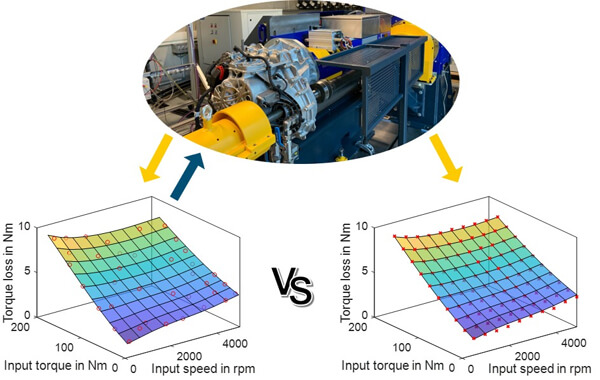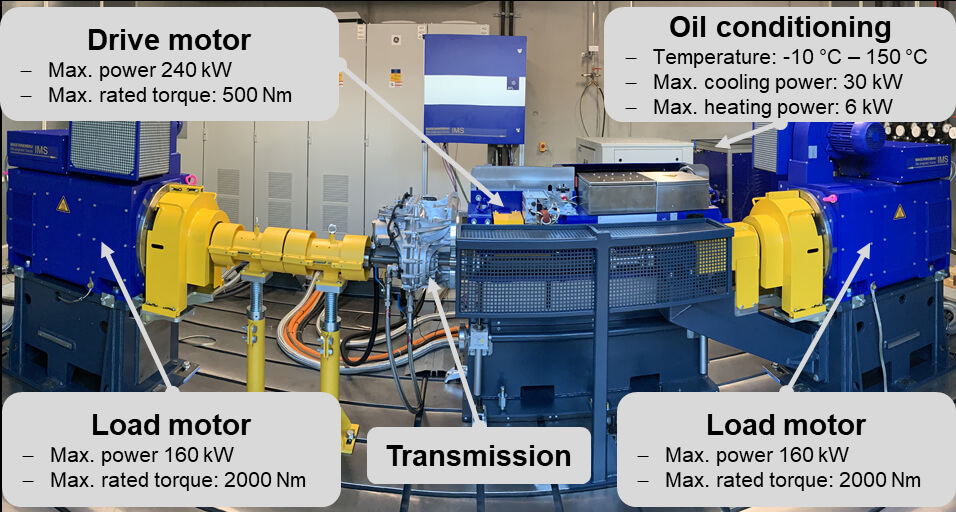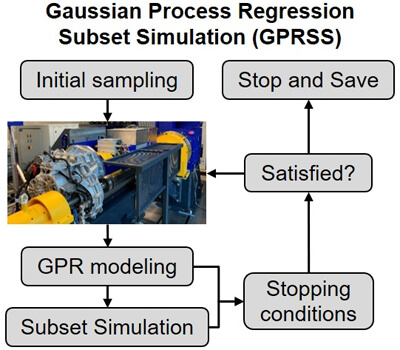2. Power loss measurement strategy
Although an effective measurement is demanded in the overall development process, most of current power loss studies employ the traditional factorial design strategy, such as in [1, 2]. This offline factorial design strategy only samples once, by defining set levels for operating conditions within their variation range. However, without prior knowledge, the defined sample size can increase total time consumption.
In this article, an adaptive measurement strategy is employed, investigated and compared with the factorial design strategy. The adaptive strategy belongs to the sequential design category. Compared to offline strategies, sequential design strategies evaluate the acquired knowledge from each measurement to determine the next measurement candidates.
To achieve this, a goal function is defined based on surrogate modeling. Gaussian Process Regression (GPR) is one of the most common surrogate modeling approaches and is established based on Bayes’ Rule and multivariate Gaussian distribution. Different from other surrogate modeling approaches, GPR delivers not only prediction values, but also the predictive uncertainties with prediction variances. This predictive uncertainty is used to construct the goal function in the adaptive sampling process. To observe the region with high predictive variances for new measurement candidates, a stochastic simulation algorithm called Subset Simulation iteratively evaluates the constructed goal function. The core idea of Subset Simulation is to convert the searching event with small probabilities into a product of a sequence of large conditional probabilities.
3. Implementation for the real measurement
Figure 2 demonstrates the workflow of the applied adaptive strategy for transmission loss measurements. The measurement begins with the initial samples generated with Latin Hypercube Sampling (LHS). The measured results are then applied to generate a data-based GPR model. Its prediction variances in the whole input domain are evaluated by Subset Simulation. After multiple regions with high variances are explored, new measurement candidates are then positioned within these regions. This whole adaptive process is conducted until a predefined stopping criterion is reached.






